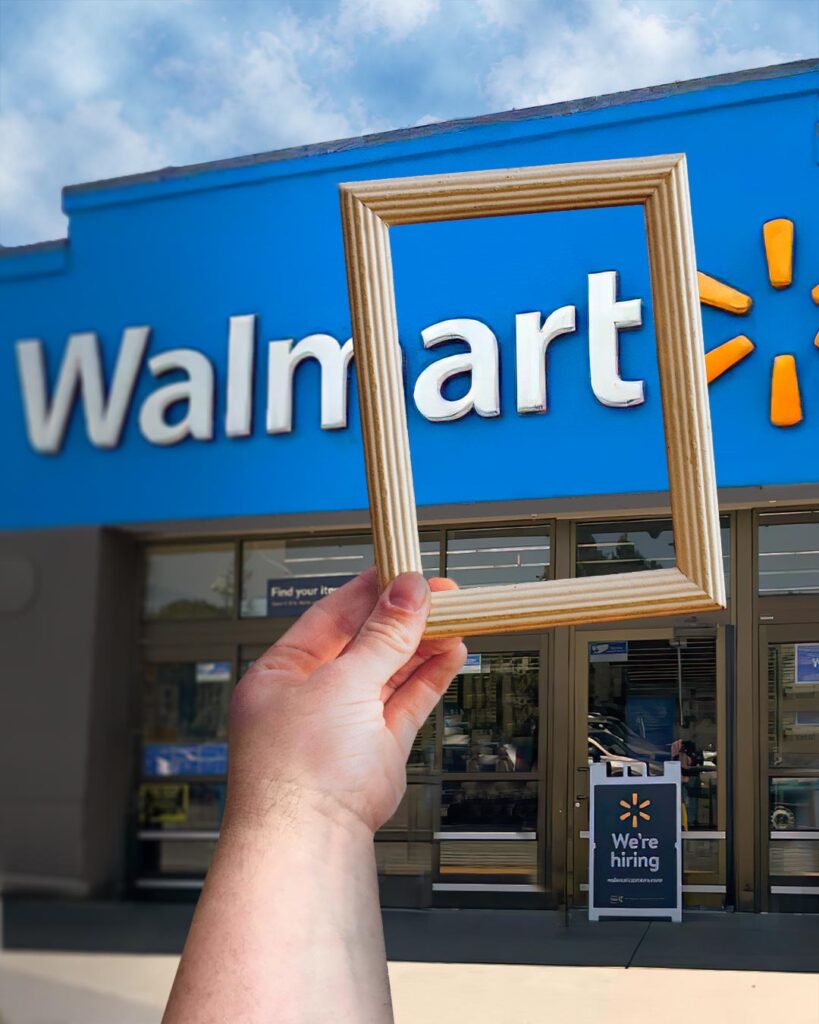Ars Gratia Occupatio
Oddly for someone whose work and hobbies always revolved around creative endeavors, I never thought much about art. I grew up drawing, painting, writing, and making music, but it wouldn’t have occurred to me to call any of those things “art”; they were basically ways to get approval and attention. In high school, college, and young adulthood, I was an actor, director, playwright, and mime, but I saw those as means of entertainment (for the audience) and emotional development (for me). In my twenty years as a freelancer, I did scriptwriting, graphic design, animation, and video, but that was just work I did to make a living. If you’d asked me what all these things had in common, I would have said that I was simply making use of skills that I was lucky enough to have.
That all changed in 2003, when I was hired by Chabot College to lead a new Digital Media program, teaching students how to use creative software such as Photoshop, Illustrator, Flash, and Dreamweaver. I became a full-time faculty member in a division that was known at the time as Fine Arts, and my colleagues were painters, sculptors, illustrators, and photographers. The visual arts faculty didn’t know what to make of me; they thought of me as “the computer guy.” (Of course, when I got to know people in the Computer Science department, they thought of me as an art guy.) Having had no professional training in either computers or the arts, I just made things up as I went along.
Toward the end of my second year at Chabot, it was announced that there would be a faculty art show in the division’s recently opened art gallery. Assuming that it had nothing to do with me, I paid no attention — until I received official word that as a member of the Fine Arts faculty, I was expected to participate. This threw me into a panic. “I’m not an artist!” I said. I didn’t know what I could possibly do that would be considered art.
“So, what is art?” I asked my friend, the art history professor.
“Generally, art is anything that’s made by an artist,” she said. We both agreed that wasn’t very helpful in my case.
The division dean gave me more practical advice. “Just do whatever you normally do, and call it art,” he said. So, since most of my recent career experience had been in video production, I made a video, which ended up being displayed on a computer monitor in the art gallery. People liked it. (In case you’re curious, it’s been preserved on YouTube, at https://youtu.be/Zrpje8NpdqE.)
Making the video was a strange experience, because every video I’d previously made had been an education or training program for a paying client. This one was being made for no reason at all. Based on this experience, I formulated a functional definition for myself: Art is anything I make that has no practical purpose.
That definition has served me well over the years, as I’ve continued to make visual images and videos with no practical value. I still hesitate to call them art, though. Real art, I think, has an emotional impact — it makes you want to look at it, and then leaves you changed in some way afterward. I have no reason to believe, or even any way to know, whether the things I make have that effect or not. So for lack of a better term, I refer to them as “art projects.”
(I have to admit that I have an underlying wariness of people who call themselves artists. That seems a bit self-aggrandizing. I’m more comfortable when people describe the activities that they actually do: “I’m a painter” or “I’m a dancer” or “I’m a musician.” Then it can be left to other people to decide whether those paintings or dances or musical performances qualify as art.)
I’ve retired from my tenured faculty position at Chabot College. I still teach an occasional course there as an adjunct instructor, but I feel less and less comfortable doing so. I always thought of myself as teaching a set of skills that the students could apply in any way they wanted — they could use them to do work for employers or clients, for example, or they could make art. The person who took my place as head of the Digital Media program has a different view; she’s very insistent that “these are art classes.” If, as my art history professor friend said, art is something made by an artist, then I have much more to learn before I can teach. Or I can just emulate Miss Bliss, the preschool teacher in Richard Thompson’s comic strip “Cul de Sac.” As her four-year-old students begin to go wild with glitter and glue, she cautions them, “Remember, creativity plus neatness equals art.” That’s my favorite definition by far.

Hi Mark,
I can’t stop reading your blogs. You are a great writer and yes an introspective thinker. I am fascinated to learn how your mind works. We always think we are the normal ones, that everyone is like us, but we are not. We are all different.
Keep them coming,
John
Wow, John, thank you!